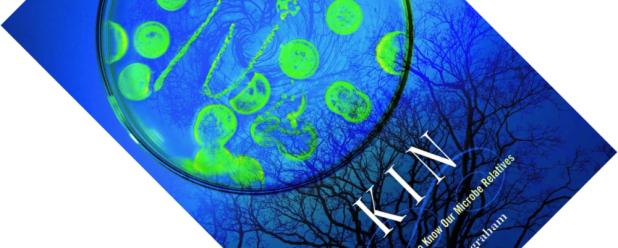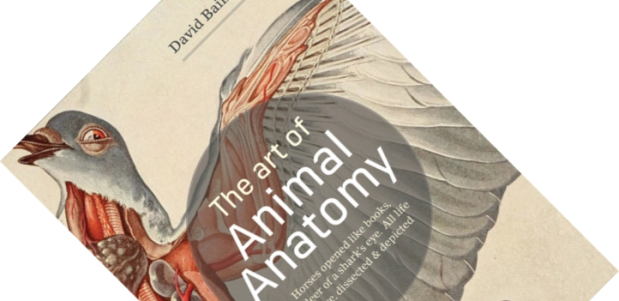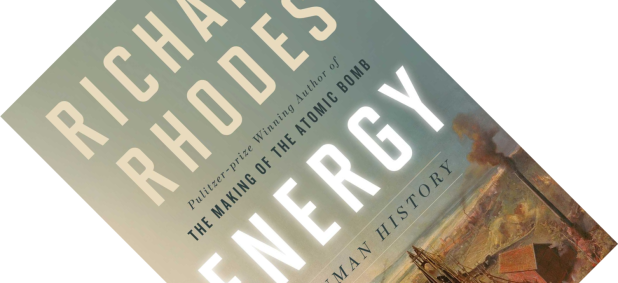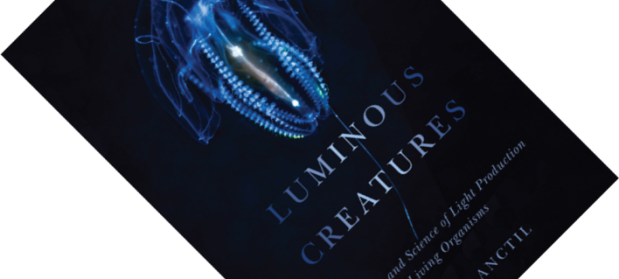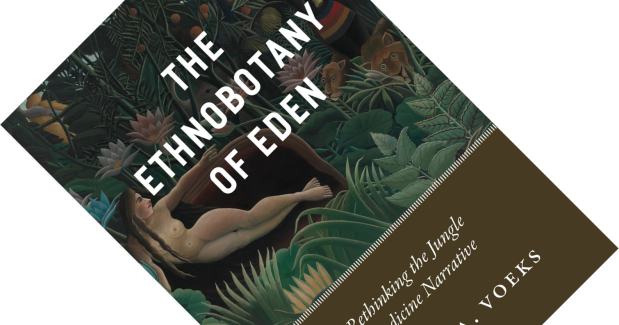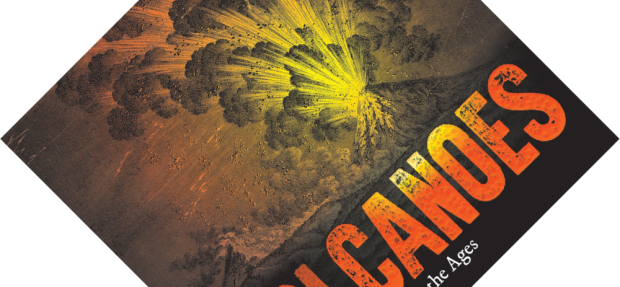From Skeletor to the Danse Macabre, from Army of Darkness to ossuaries and holy relics – despite being largely hidden in life, skeletons are some of the most recognizable structures that nature has produced. Science writer Brian Switek has written a sizzling little book with Skeleton Keys* that delves into both the biological and cultural significance of human bones, showing them to be more than just a powerful reminder of death and mortality.
history of science
Book review – Kin: How We Came to Know Our Microbe Relatives
The problem with many history books is that they are written long after the facts, sometimes when the original protagonists are no longer alive. Historians or journalists often have no choice but to puzzle together the pieces of their story from eyewitness testimony or archival sources. Kin: How We Came to Know Our Microbe Relatives is a welcome exception to this rule. Written by emeritus microbiology professor John L. Ingraham, currently 94 years young, this book gives an intellectual history of the discipline of microbiology based on over seven decades of first-hand involvement and observation.
Book review – The Art of Animal Anatomy: All Life is Here, Dissected and Depicted
Animal anatomy has fascinated artists and scientists for millennia, resulting in a treasure trove of striking images. Veterinary anatomist David Bainbridge here takes on the brave task of curating a birds-eye-view of anatomical artwork that simultaneously delights, educates, and (for some perhaps) horrifies.
Book review – Energy: A Human History
The story of human progress is intimately entwined with that of energy. Pulitzer-prize winning author Richard Rhodes here takes the reader on a 400-year tour of energy generation, shining a light on the many forgotten figures whose ingenuity and inventions were instrumental in the many energy transitions.
Book review – King of the Dinosaur Hunters: The Life of John Bell Hatcher and the Discoveries that Shaped Paleontology
When I think of turn-of-the-20th-century palaeontology, names such as Othniel Charles Marsh and Edward Drinker Cope are the first to come to mind. Their infamous rivalry, known as the Bone Wars, relied heavily on field collectors who did the back-breaking labour of prospecting and quarrying for fossils. Most of these bone hunters are barely remembered, and John Bell Hatcher might very well have remained thus. This meticulous biography by American palaeontologist Lowell Dingus saves Hatcher from obscurity and documents both his hugely successful work as a bone hunter, as well as his later stellar but tragically short-lived career as a curator.
Book review – Luminous Creatures: The History and Science of Light Production in Living Organisms
Beetles do it. As do fish. And squid, sharks, jellyfish, salps, dinoflagellates, and a host of other invertebrates. Bioluminescence, the production of light by living organisms, is one of nature’s most awe-inspiring spectacles and has fascinated humans since time immemorial. Luminous Creatures, written by bioluminescence researcher Michel Anctil, is a chunky book that charts the history of scientific research on this phenomenon by examining the lives and achievements of many of the key players involved. Along the way, it lifts the lid on many of the wondrous details of bioluminescence.
Book review – The Ethnobotany of Eden: Rethinking the Jungle Medicine Narrative
When I reviewed the book Defending Biodiversity: Environmental Science and Ethics, one of the reasons that was discussed as to why we should protect nature was the possibility of undiscovered pharmaceutical drugs. Seasoned ethnobotanist Robert A. Voeks shows that this so-called jungle medicine narrative has a long history. Though partially true, it equally contains parts myth, sentimentality, and nostalgia. However, if you are expecting a sceptical critique of superstitious indigenous practices – I was initially wondering whether the book would – no, this book delivers something far more interesting. Without belittling traditional knowledge, Voeks instead exposes the flaws in our interpretation and delivers a nuanced and fascinating ethnobotanical history lesson to boot.
Book review – Volcanoes: Encounters Through the Ages
I will immediately admit that I have retained a boyish fascination with volcanoes. And, as Volcanoes: Encounters Through the Ages shows, I am not alone. Written by volcanologist David M. Pyle to accompany a 2017 spring exhibition at the Bodleian Library in Oxford, this book brings together many historical illustrations from their collections to show how volcanoes have been represented and described over time, and how this has shaped our present understanding. I have not visited the Bodleian Library before, but this book makes me wish I had.
Book review – Erebus: The Story of a Ship
They say you should not judge a book by its cover, but in this case, it was the very attractive cover that drew me to read Erebus: The Story of a Ship. Michael Palin, known equally for his early work as part of the Monty Python troupe as for his travel documentaries, here tells a riveting story from the golden age of polar exploration. A tale of high-spirited British imperialism, marine camaraderie, a warship that wasn’t, and the enduring mystery of a vanished Arctic expedition.
Book review – How Scientific Progress Occurs: Incrementalism and the Life Sciences
This review is part of a double bill. Cold Spring Harbor Laboratory Press recently published How Scientific Progress Occurs: Incrementalism and the Life Sciences. In it, Elof Axel Carlson explores the relevance to biology of the ideas Thomas S. Kuhn formulated in his book The Structure of Scientific Revolutions. Having read both books back-to-back, this review follows on the one of Kuhn’s book.


